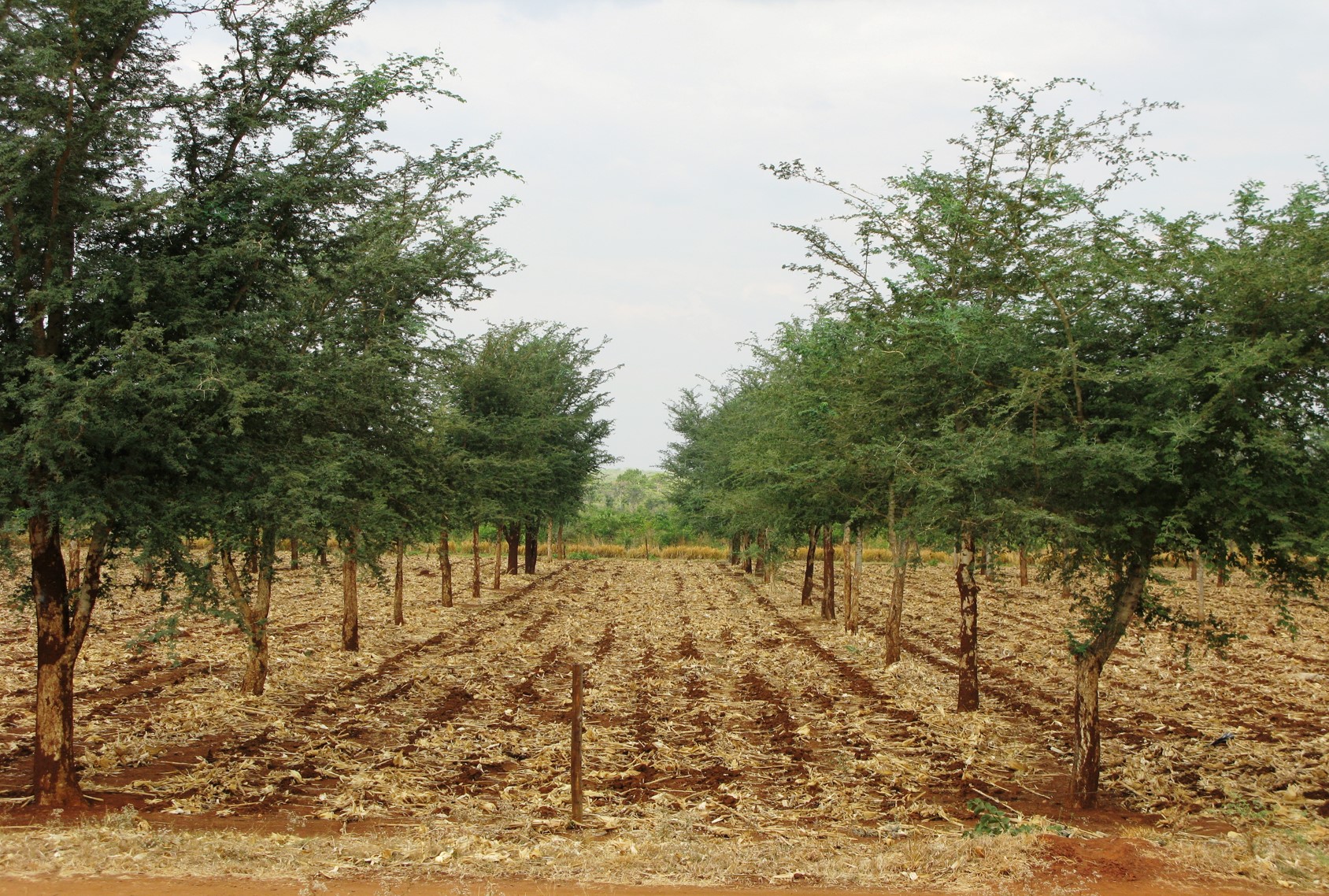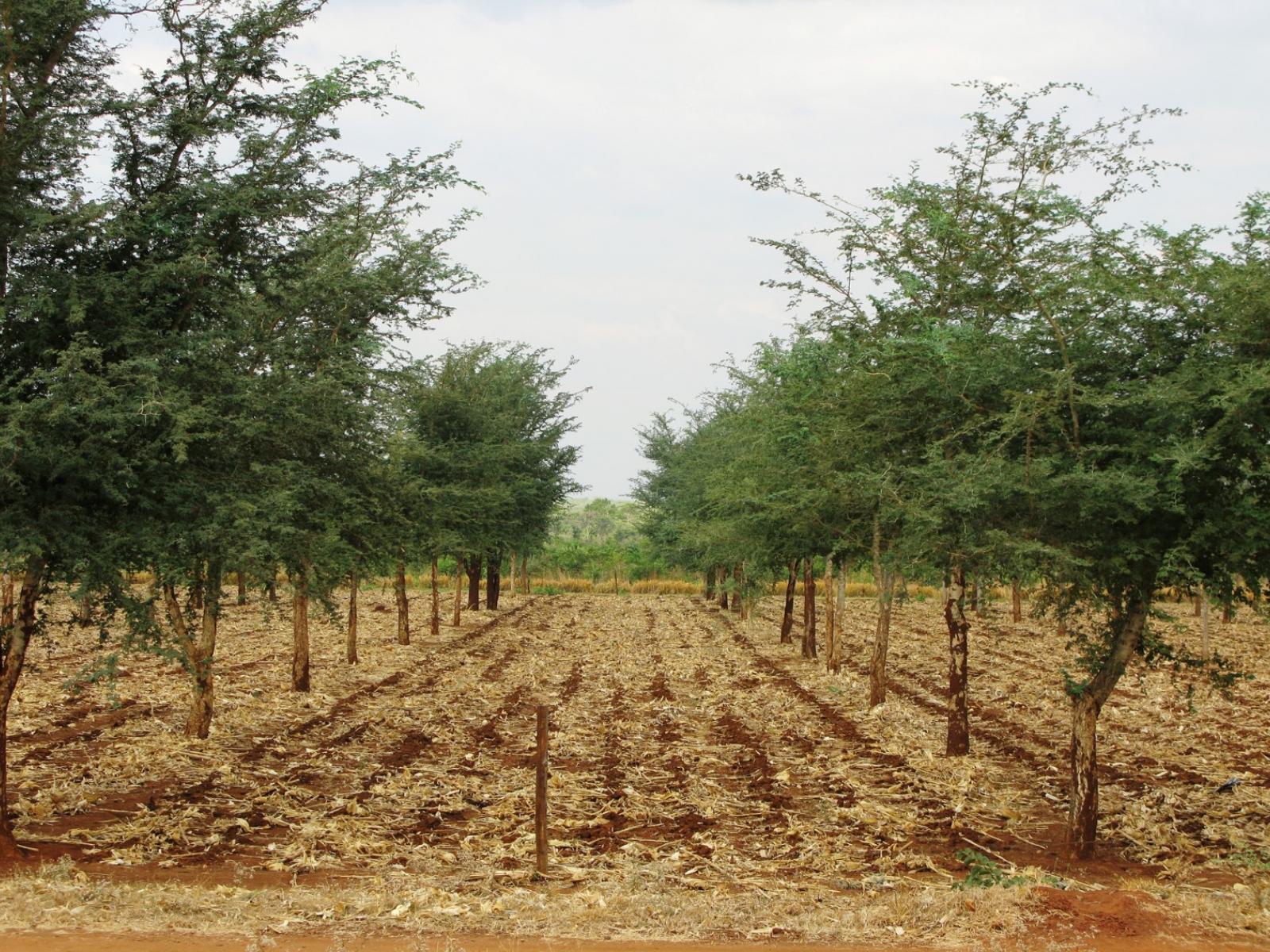An Overview Of Our Solution
- Population Impacted:
- Continent: Africa
Organization type
Population impacted
Size of agricultural area
Production quantity
People employed
Describe your solution
Describe your implementation
External connections
What is the environmental or ecological challenge you are targeting with your solution?
Describe the context in which you are operating
EYC will operate within the EverGreen Agriculture scaling up programs funded by the European Commission and the United Nations Development program in eight eastern and southern African Nations. The funding will be distributed through NGO partners including World Vision, Catholic Relief Services, and Oxfam. EYC will utilize the long histories and established infrastructure of the NGOs who have offices and programming throughout Africa. EYC will also harness the strength of local social networks through schools and faith communities to leverage these groups’ commitment to local development and as respected members of their communities. Utilizing pre-existing infrastructure will enable EYC to be a small organization with big impact.
How did you impact natural resource use and greenhouse gas emissions?
Language(s)
Social/Community
Water
Food Security/Nutrition
Economic/Sustainable Development
Climate
Sustainability
The EYC intern program will depend on grant funding but is intended to improve local capacity for farmer innovation that will continue long after EYC involvement. If the program proves successful, it could become incorporated into NGO programming budgets and would therefore no longer need separate funding.
Return on investment
Entrant Banner Image

